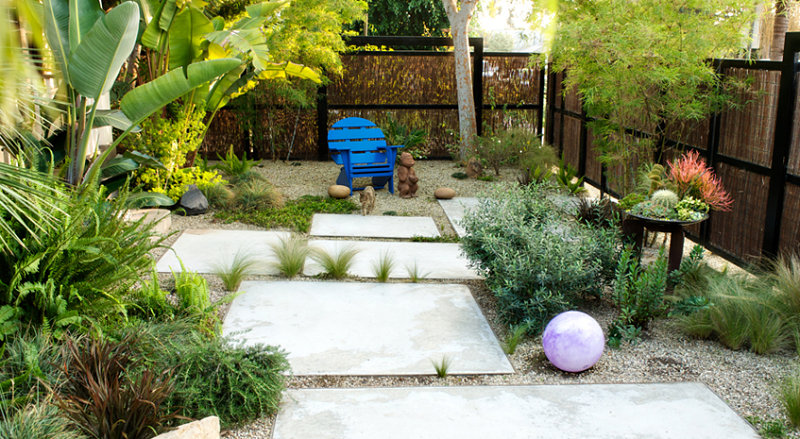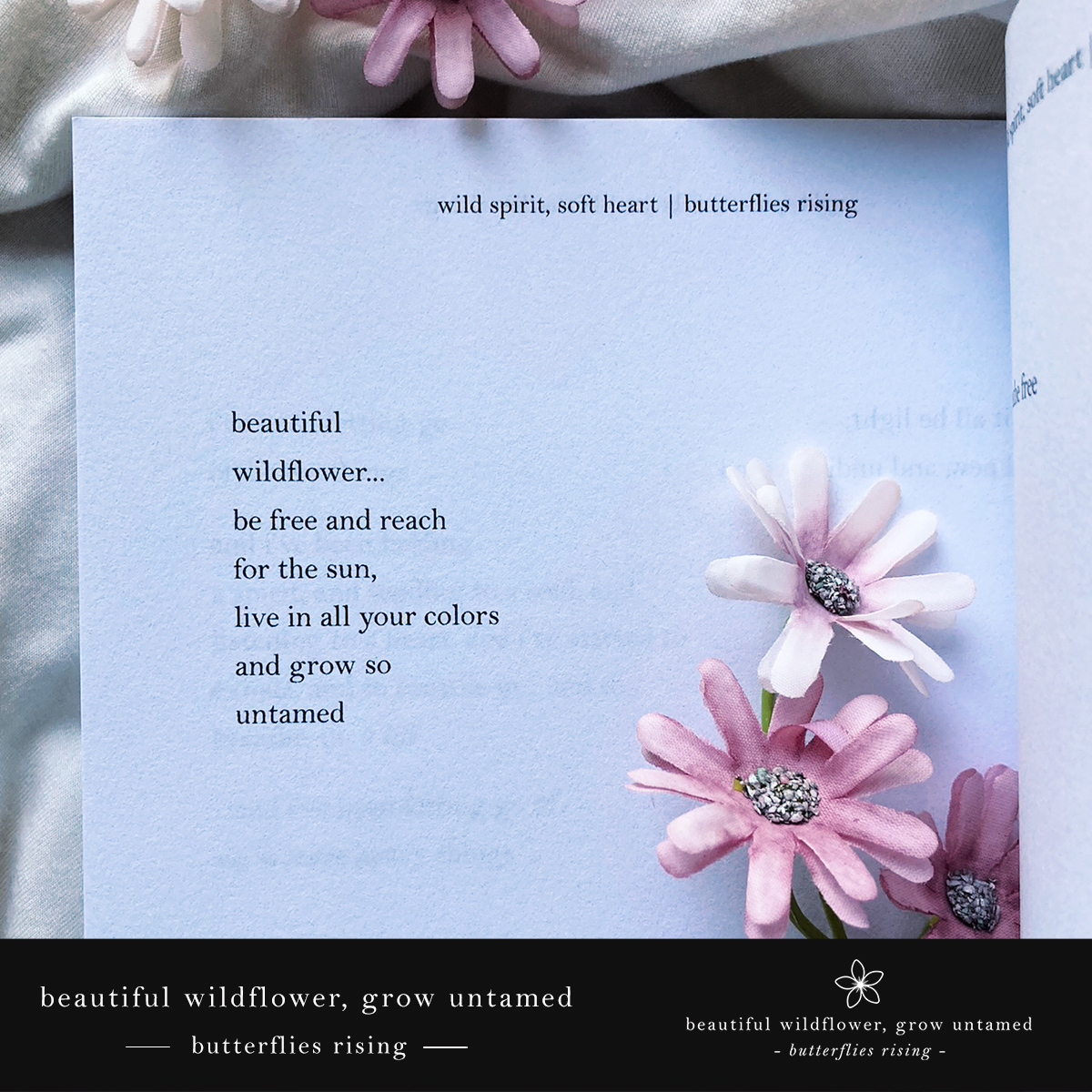The Untamed Beauty: Exploring Native Flowers and Their Importance

For centuries, flowers have captivated us with their vibrant colors, delicate forms, and enchanting fragrances. Beyond their aesthetic appeal, flowers play a crucial role in the ecosystem, supporting pollinators, enriching the soil, and contributing to the overall health of our planet. But often, when we think of flowers, we picture exotic imports or cultivated hybrids. It’s time to turn our attention to the often-overlooked treasures blooming right in our own backyards: native flowers.
Native flowers, also known as wildflowers, are those that have evolved and adapted to a specific region over long periods. They are uniquely suited to the local climate, soil conditions, and wildlife, forming intricate relationships within their ecosystem. Choosing to cultivate native flowers offers a multitude of benefits, not just for the environment, but also for our own well-being and connection to the natural world.
Why Choose Native Flowers? A Bouquet of Benefits
The advantages of incorporating native flowers into your garden or landscape are numerous and compelling:
- Ecological Harmony: Native flowers are integral to the local ecosystem. They provide essential food and habitat for native pollinators like bees, butterflies, moths, and hummingbirds, many of which are facing population declines due to habitat loss and pesticide use. By planting native flowers, you are actively contributing to the survival and prosperity of these crucial species.
- Water Conservation: Native flowers are adapted to the local rainfall patterns and soil types, making them more drought-tolerant than many non-native species. This means you’ll need to water them less frequently, saving water and reducing your environmental impact.
- Reduced Maintenance: Once established, native flowers generally require less maintenance than non-native plants. They are naturally resistant to local pests and diseases, reducing the need for harmful pesticides and herbicides. They also require less fertilization, as they are adapted to the nutrient levels in the local soil.
- Soil Health: Native plants contribute to healthy soil by improving its structure, preventing erosion, and adding organic matter. Their deep root systems help to aerate the soil and increase its water-holding capacity.
- Biodiversity Support: Native flowers contribute to overall biodiversity by providing a diverse range of habitats and food sources for various species. They help to create a more resilient and balanced ecosystem.
- A Sense of Place: Native flowers connect us to the unique natural heritage of our region. They evoke a sense of place and belonging, reminding us of the beauty and wonder of the natural world.

A Glimpse into the World of Native Flowers
The diversity of native flowers is truly astounding. From the delicate beauty of woodland wildflowers to the vibrant colors of prairie blooms, there’s a native flower for every taste and landscape. Here are just a few examples:
Eastern North America:
- Wild Columbine (Aquilegia canadensis): A delicate red and yellow flower that attracts hummingbirds.
- Black-Eyed Susan (Rudbeckia hirta): A cheerful yellow daisy with a dark brown center, beloved by bees and butterflies.
- New England Aster (Symphyotrichum novae-angliae): A vibrant purple aster that blooms in late summer and fall, providing a crucial source of nectar for migrating butterflies.
- Bloodroot (Sanguinaria canadensis): A delicate white flower that blooms in early spring, named for the red sap in its roots.

Western North America:
- California Poppy (Eschscholzia californica): The state flower of California, a bright orange poppy that carpets meadows in the spring.
- Lupine (Lupinus spp.): A tall, spiky flower that comes in a variety of colors, from purple and blue to pink and white.
- Indian Paintbrush (Castilleja spp.): A unique flower with brightly colored bracts that resemble painted brushes.
- Penstemon (Penstemon spp.): A diverse genus of flowers with tubular blooms that attract hummingbirds and bees.
Europe:
- Cornflower (Centaurea cyanus): A vibrant blue flower that was once a common weed in cornfields.
- Wild Thyme (Thymus serpyllum): A fragrant herb with small purple flowers that attracts bees.
- Harebell (Campanula rotundifolia): A delicate blue bell-shaped flower that grows in meadows and grasslands.
- Primrose (Primula vulgaris): A cheerful yellow flower that blooms in early spring.
Australia:
- Kangaroo Paw (Anigozanthos spp.): A unique flower with tubular blooms that resemble the paws of a kangaroo.
- Waratah (Telopea speciosissima): A striking red flower that is the floral emblem of New South Wales.
- Grevillea (Grevillea spp.): A diverse genus of flowers that come in a variety of shapes and colors, attracting nectar-feeding birds.
- Wattles (Acacia spp.): Trees and shrubs with bright yellow or golden flowers, a symbol of Australia.

These are just a few examples of the vast array of native flowers that can be found around the world. It’s important to research the native flowers that are specific to your region to ensure that you are planting species that are well-suited to your local environment.
How to Incorporate Native Flowers into Your Landscape
Adding native flowers to your garden is easier than you might think. Here are a few tips to get you started:
- Research Your Region: The first step is to research the native flowers that are specific to your region. Your local native plant society, botanical garden, or university extension office can provide valuable information and resources.
- Assess Your Site: Evaluate your site’s soil type, sunlight exposure, and drainage. Choose native flowers that are well-suited to these conditions.
- Prepare the Soil: Remove any existing grass or weeds and amend the soil with compost or other organic matter.
- Choose Native Seeds or Plants: You can start native flowers from seed or purchase established plants from a reputable nursery. Be sure to choose plants that are locally sourced to ensure that they are adapted to your region.
- Plant at the Right Time: The best time to plant native flowers depends on the species and your local climate. Generally, spring or fall are good times to plant.
- Water Regularly: Water newly planted native flowers regularly until they are established.
- Mulch: Apply a layer of mulch around your native flowers to help retain moisture, suppress weeds, and regulate soil temperature.
- Avoid Pesticides and Herbicides: Native flowers are naturally resistant to many pests and diseases, so avoid using harmful pesticides and herbicides.
- Let Them Go to Seed: Allow your native flowers to go to seed at the end of the growing season. This will help them to self-sow and create a more naturalistic landscape.
Challenges and Considerations
While planting native flowers is generally beneficial, there are a few challenges and considerations to keep in mind:
- Availability: Native plants may not be as readily available as non-native species. You may need to seek out specialty nurseries or native plant sales.
- Identification: It’s important to be able to accurately identify native flowers to avoid accidentally planting invasive species.
- Establishment: Native plants can sometimes be slow to establish, especially in disturbed soils. Be patient and provide them with the care they need.
- Weed Control: Controlling weeds can be a challenge in native plant gardens, especially in the early stages of establishment. Mulching and hand-weeding are the best methods for weed control.
- Potential for Spread: Some native plants can be aggressive spreaders, so it’s important to choose species that are appropriate for your site and manage their growth accordingly.
FAQ: Native Flowers
Q: What is the difference between a native flower and a non-native flower?
- A: Native flowers have evolved and adapted to a specific region over long periods, while non-native flowers have been introduced from other regions.
Q: Are native flowers always wildflowers?
- A: Yes, the terms "native flower" and "wildflower" are often used interchangeably.
Q: Where can I find native flowers to plant in my garden?
- A: Check with your local native plant society, botanical garden, or university extension office for recommendations on native plant nurseries in your area.
Q: How do I know which native flowers are right for my garden?
- A: Research the native flowers that are specific to your region and consider your site’s soil type, sunlight exposure, and drainage.
Q: Do native flowers require a lot of maintenance?
- A: Once established, native flowers generally require less maintenance than non-native plants.
Conclusion: Cultivating a Future with Native Flowers
Planting native flowers is more than just a gardening trend; it’s an act of ecological responsibility. By embracing the beauty and resilience of native flora, we can create landscapes that support biodiversity, conserve water, and connect us to the unique natural heritage of our regions. From the smallest backyard garden to the largest public park, every effort to incorporate native flowers contributes to a healthier and more vibrant planet. So, take the time to discover the native flowers in your area, and consider adding them to your landscape. You’ll be rewarded with a beautiful and ecologically beneficial garden that supports pollinators, enhances biodiversity, and connects you to the untamed beauty of the natural world. Let’s cultivate a future where native flowers thrive, enriching our lives and the environment for generations to come.

